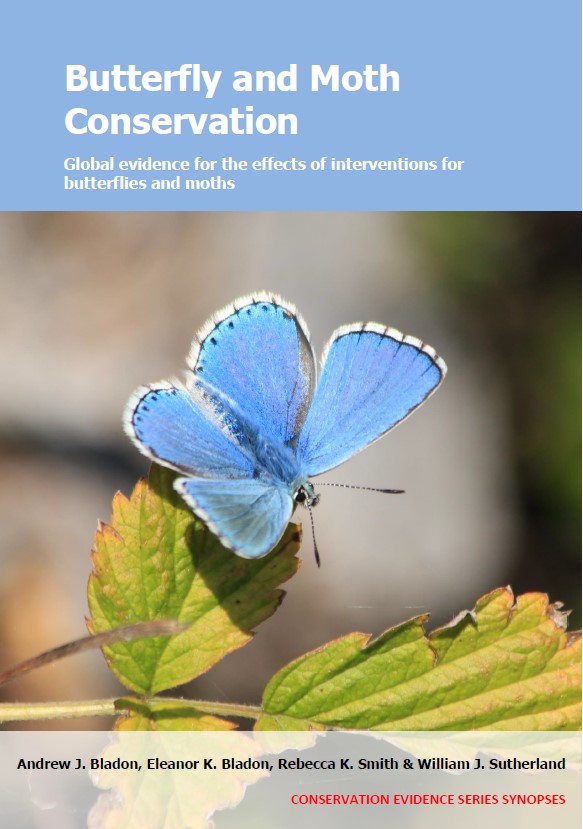Undersow spring cereals, with clover for example
-
Overall effectiveness category Awaiting assessment
-
Number of studies: 2
View assessment score
Hide assessment score
How is the evidence assessed?
-
Effectiveness
not assessed -
Certainty
not assessed -
Harms
not assessed
Study locations
Supporting evidence from individual studies
A replicated, randomized, controlled study in 2002–2006 on four lowland farms in Devon and Somerset, UK (Potts et al. 2009) found that annually sown plots of spring barley Hordeum vulgare undersown with a mix of grasses and legumes had a higher abundance and species richness of butterflies, but a lower abundance of caterpillars, than grassland plots. In the first two years, undersown plots had a higher abundance (4–6 individuals/transect) and species richness (2–4 species/transect) of adult butterflies than extensively (abundance: 3–5 individuals/transect; richness: 2 species/transect) or conventionally managed (abundance: 1–2 individuals/transect; richness: 1 species/transect) grassland. However, there were fewer caterpillars in the sown plots (0–3 caterpillars/transect) than the extensively (1–8 caterpillars/transect) or conventionally managed (0–7 caterpillars/transect) grassland. In April 2002, experimental plots (50 × 10 m) were established on permanent pastures (>5-years-old) on four farms. There were eight treatments, with three replicates/farm. The sown treatment comprised barley undersown with seven grasses and five legumes. Two extensive grassland treatments had minimal disturbance during summer and five conventional grassland treatments included modifications to conventional silage management (reducing fertilizer application, cutting and grazing). From June–September 2003–2006, butterflies were surveyed once/month on a 50-m transect through the centre of each plot. In April, June, July and September 2003–2006, caterpillars were counted (but not identified) on two 10-m transects/plot using a sweep net (20 sweeps/transect).
Study and other actions testedA replicated, site comparison study in 2009–2011 in 133 mixed farms in the Central Plateau, Switzerland (Stoeckli et al. 2017) found that farms with more in-field agri-environment scheme (AES) options, including undersown cereals, had a similar abundance and species richness of butterflies to farms with fewer (AES) options. Both the abundance and species richness of butterflies on farms with a larger area of in-field AES options was similar to farms with smaller areas of in-field AES options (data presented as model results). A total of 133 farms (17–34 ha, 13–91% arable crops) were managed with in-field AES options, including undersown cereals, undrilled patches in crops, wide-spaced rows, cover crops, use of bar mowers, staggered mowing, no silage and no chemical inputs. Fields without chemical inputs contributed about half of the area of AES options, on average. From May–September 2009–2011, butterflies were surveyed six times on 10–38 transects/farm, totalling 2,500 m/farm. Each transect ran diagonally through a single crop or habitat type, with all available crops and habitats represented. All visits to a farm were completed in a single year, and the species richness was summed across all visits. Total abundance of butterflies was calculated from the number recorded in each habitat, and the availability of each habitat across the farm.
Study and other actions tested
Where has this evidence come from?
List of journals searched by synopsis
All the journals searched for all synopses
This Action forms part of the Action Synopsis:
Butterfly and Moth Conservation
Butterfly and Moth Conservation - Published 2023
Butterfly and Moth Synopsis





)_2023.JPG)














